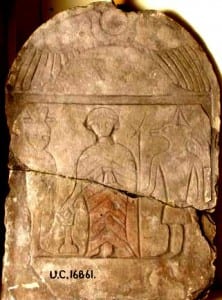Passionate enthusiastic scientists – just another way of saying Geek?
By Jack Ashby, on 19 November 2013
Last week I went to a presentation at the Zoological Society of London about the impact on museum visitors of meeting real scientists. The speaker, Amy Seakins, is just finishing a PhD which examines this topic, specifically on visitors to the Natural History Museum (NHM) who encounter real scientists through the excellent Nature Live programme.
Among the many interesting findings were her results on how the visitors’ concepts of what “scientists” are like changed after seeing them speak. Seakins asked them to describe what they think of scientists before and after the events.
Scientists are Geeks
Before, the common theme from the answers was that scientists are socially awkward boring geeks fixated on their single topic. These are obviously negative constructions. If this really is how the average person (who is engaged enough in science to visit a museum about it) sees us then there is a problem. Thankfully it’s a problem that formats like the NHM’s Nature Live can fix… (more…)
 Close
Close





